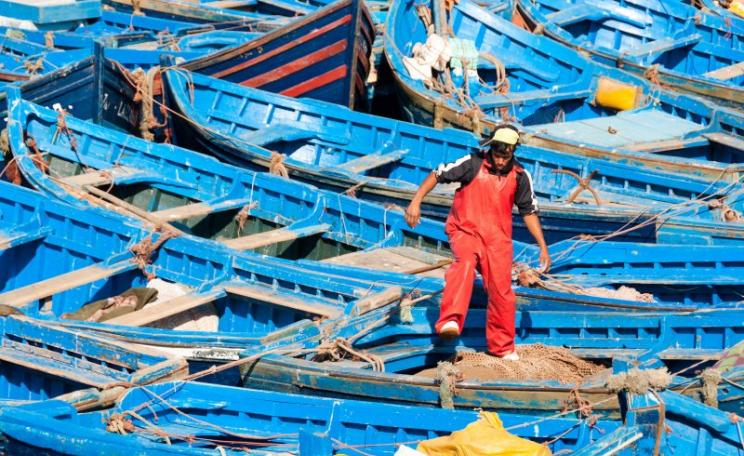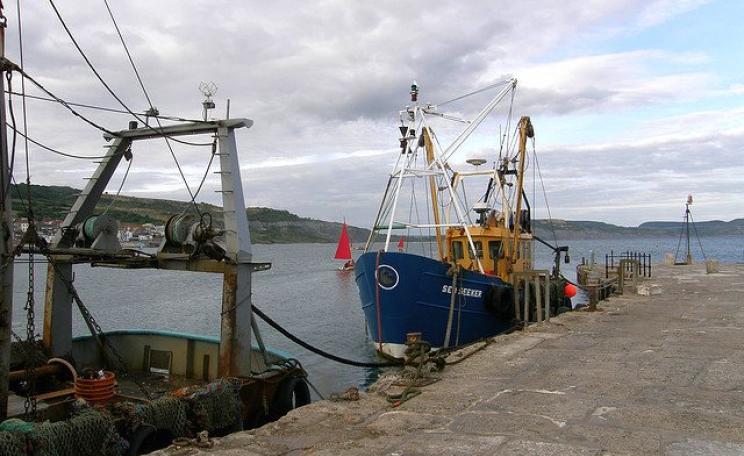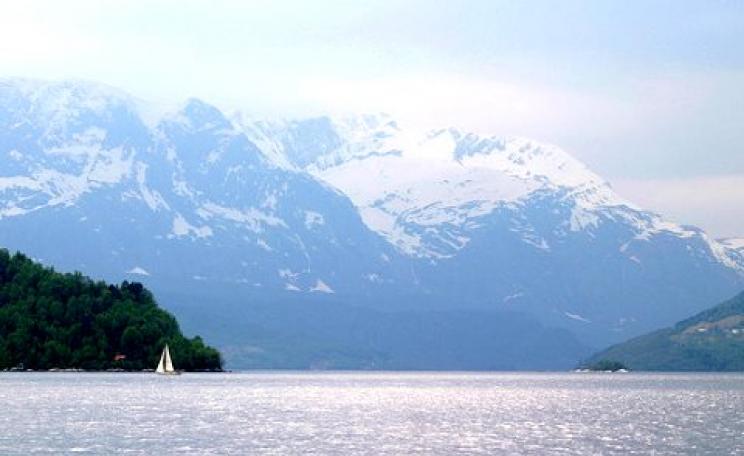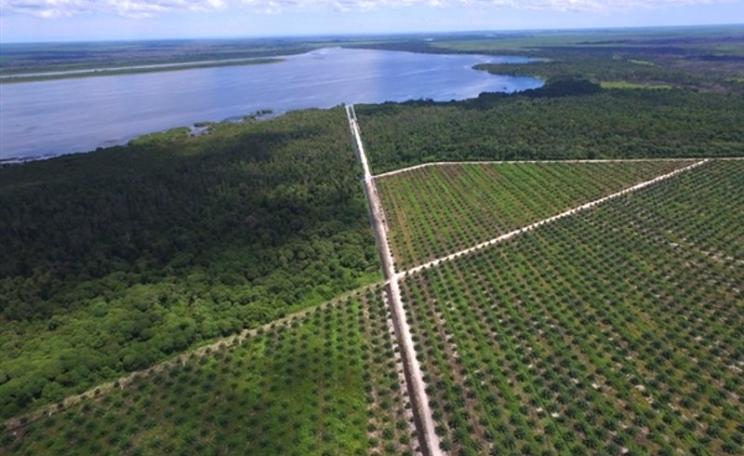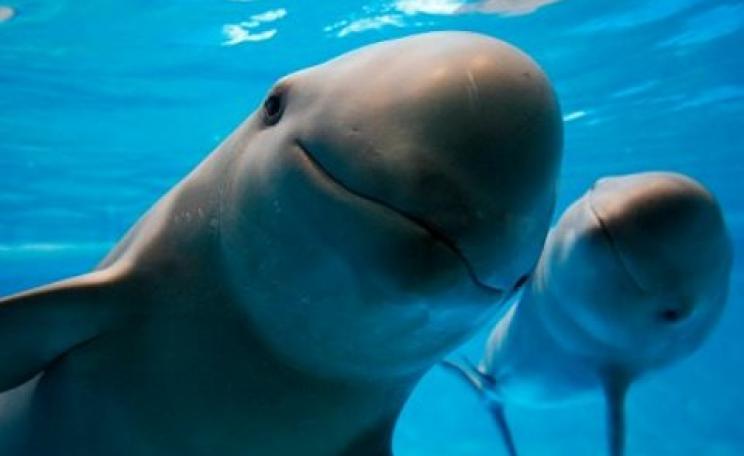Just when I thought I knew all the problems with FADs, I found out that these floating rafts of junk are ending up beached and entangled all over the Seychelles, despite the sophisticated tracking buoys they usually have attached.
The remote island atolls of St François and Farquhar are part of the Alphonse and Farquhar outer island groups in the Seychelles archipelago in the Indian Ocean.
Like most of the Seychelles, these atolls are important nesting sites for sea birds and sea turtles, and are surrounded by some of the world's healthiest and most intact coral reefs.
Farquhar atoll has a small settlement, but there are no human inhabitants on St François. In my mind, coral atolls like these have always embodied a tropical paradise, untouched by human hand. How wrong could I be?
When I went to the Seychelles last year, I discovered that even in these remote places the tuna industry is causing problems.
Over half our canned tuna is caught using FADs
Fish like to gather around floating debris on the open ocean. We don't know why - perhaps they are the fish equivalent of the office coffee machine or water cooler.
The tropical tuna industry takes advantage of this by using artificial Fish Aggregating Devices (FADs) to attract tuna. FADs are rafts made from various materials, like bamboo frames covered in netting, with long pieces of old fishing nets, ropes, and plastic ribbons hanging beneath them to slow their movement across the sea.
Tuna fishing vessels encircle the FADs with a large curtain of fishing net, known as a purse seine, to catch all the fish gathered there. This method is mainly used to target skipjack tuna, but it also catches young yellowfin and bigeye tuna, which like to school with their smaller skipjack cousins.
One outcome is that FADs make a mockery of any agreements to limit tuna fishing vessel numbers or how long they can fish. Who needs more vessels, or more time on the water, when you can put out hundreds of FADs to gather tuna for you?
FAD tracking devices can now come with eco-sounders so vessels can check how many fish are under the FAD before they even head out to sea. With so many tuna stocks in trouble, the last thing we need is a way to catch more tuna and faster.
Setting nets on FADs catches and kills 2.8 to 6.7 times more non-target species than fishing on free schools. Any fish that have gathered around the FADs, including threatened sharks, get caught up in the nets.
The majority of the yellowfin and bigeye tuna caught on FADs are juveniles, which contributes to the decline of these species in many ocean regions. The old nets and ropes hanging below FADs also entangle sea turtles and sharks - 5 to 10 times more sharks than are caught in the purse seine nets.
Lost FADs become coral-damaging ocean garbage
Just when I thought I knew all the problems with FADs, I found out that these floating rafts of junk are ending up beached and entangled all over the Seychelles, despite the sophisticated tracking buoys they usually have attached.
Just when I thought I knew all the problems with FADs, I found out that these floating rafts of junk are ending up beached and entangled all over the Seychelles, despite the sophisticated tracking buoys they usually have attached.
The Island Conservation Society (ICS) has conservation centres on five islands in the Seychelles, and its scientists and rangers have been removing lost or abandoned FADs from their islands for years.
In 2011 they started documenting the problem and in 2015, with funding from Greenpeace, were able to do systematic surveys in the region, build a database, and report the findings.
The ICS surveyed St François and Farquhar atolls and found 48 FADs entangled or beached on each one. That's 96 FADs on just two atolls. With the addition of other FADs found since 2011, the total number of beached or entangled FADs is 210.
Over a third of the FADs they found were attached to the reef because the netting and ropes beneath the FADs had become caught on coral. Five of them had sea turtles trapped in their nets, sadly only one was found alive in time to be rescued. FADs washed up on beaches are also a danger to nesting sea turtles.
Three quarters of the FADs they found were traced back to Spanish owned vessels registered in Spain or the Seychelles. This is no surprise, as Spain's addiction to FADs is well known. The Spanish purse seine fleet uses more FADs than any other fleet, and now takes 83% of its Indian Ocean tuna catch around FADs.
The ICS removes FADs whenever they can, but it can be difficult and dangerous, and the tides and weather must be just right. Then they have to dispose of the rubbish. Most of the FADs they found were made from synthetic materials with few biodegradable parts.
Rubbish must be transported to the main island of Mahé for disposal, so cleaning up FADs is a costly business. For their work to continue, ICS needs more funding, and wants to know: will the tuna industry take responsibility and cough up for the FAD clean-up?
FADs are a symptom of an out-of-control tuna fishery
We can only guess how many tens of thousands of FADs are floating out there. Scientists estimated there were around 10,500-14,500 FADs released into the Indian Ocean in 2013 by the Spanish, French and Seychelles purse seine fleets alone, but this now looks like a gross underestimation.
Estimates of the number of FADs put in the oceans each year are in the range of 47,000-110,000. Without accurate numbers, scientists can't estimate the impact FADs have on tuna and other species, so their stock assessments are compromised.
Greenpeace would love to see FADs banned entirely, but at the very least their use should be tightly controlled. We need science-based limits on the number of FADs allowed in each ocean, and limits for each vessel. FAD use must be reported alongside tuna catches. We need to know how many are released and collected, and where any of them are lost.
Crucially, every FAD must be labelled, so the companies who use and lose them can pay for the clean-up. Considering that the Indian Ocean Tuna Commission (IOTC) recently set 'limits' on FADs that will actually allow a massive increase in their use, I'm not holding my breath.
The good news is: markets are rejecting FAD-caught tuna
Responsible retailers and seafood brands with good sustainable seafood policies are cutting FAD-caught tuna out of their supply chains.
Many retailers and brands have already switched to sourcing from other more selective fishing methods, like pole-and-line, or only buying from purse seines that have been set on free-swimming tuna schools, not FADs. Others have made strong public commitments to follow this trend.
Greenpeace has been tracking the progress of responsible tuna sourcing by ranking canned tuna brands in a series of national tuna guides. A new canned tuna league table for the UK has just been released last week.
You too can help us to drive change: only buy tuna from the companies at the top of the table. And if your favourite tuna brand is not doing well, ask them why!
Dr Cat Dorey is the Science Advisor for Greenpeace's global Tuna Project, based in Sydney, Australia.
This article is an extended version of Cat's blog for Greenpeace International. All images used in this blog are courtesy of the Island Conservation Society and Greenpeace.


